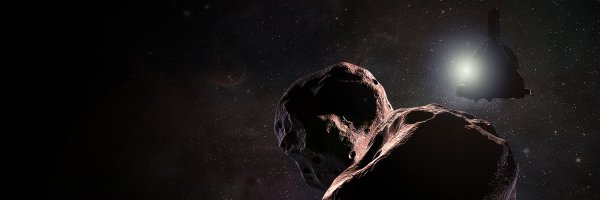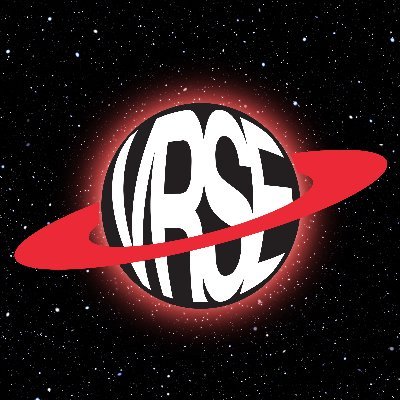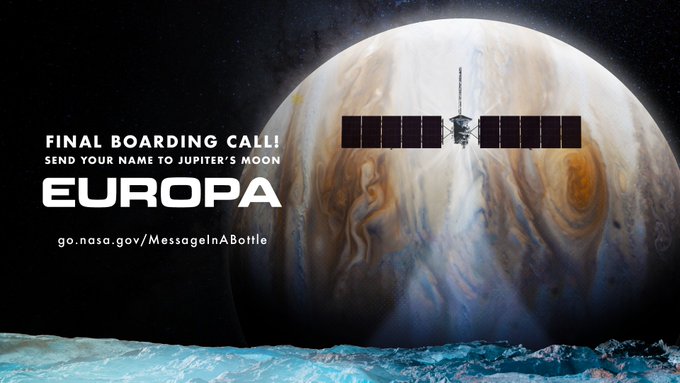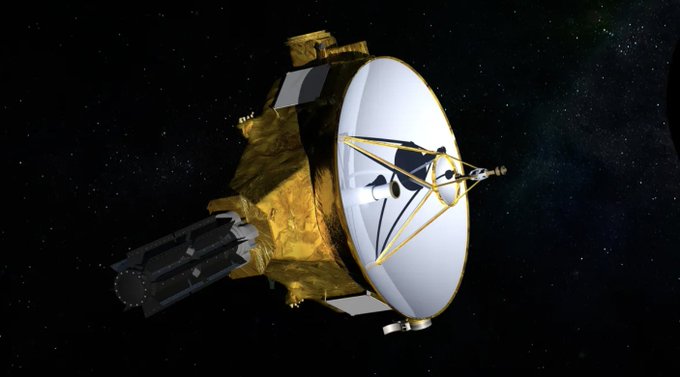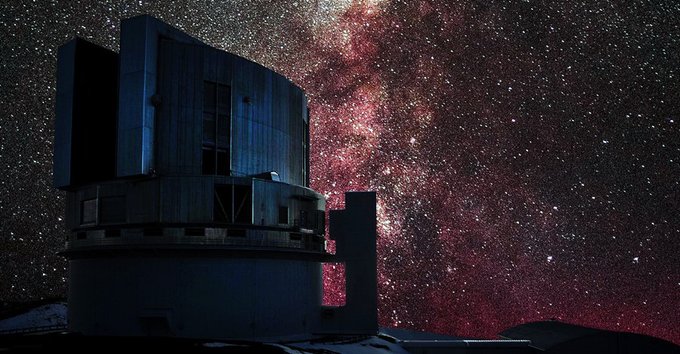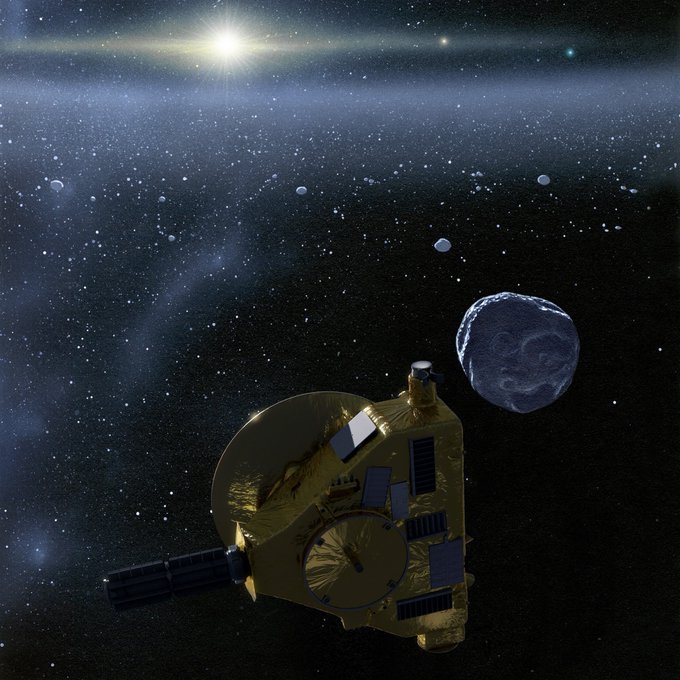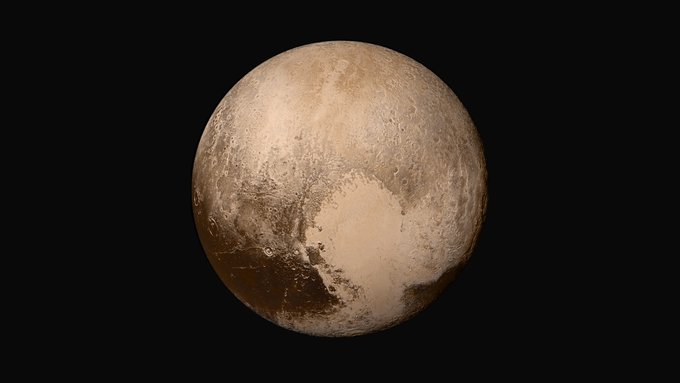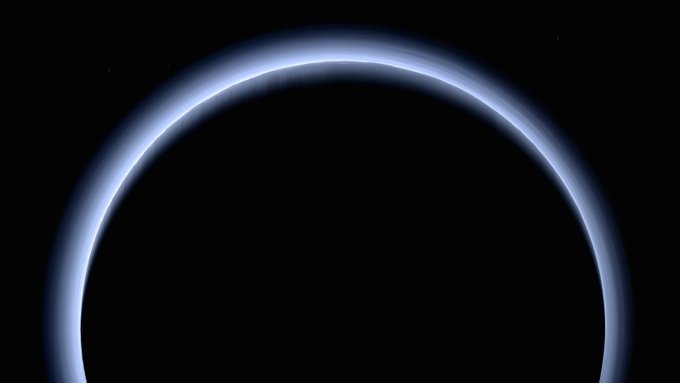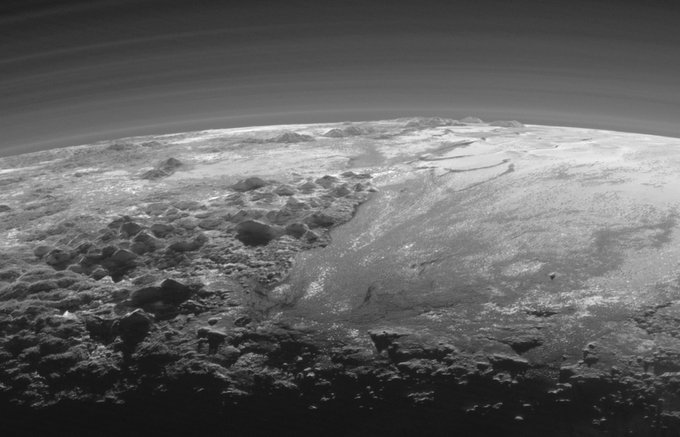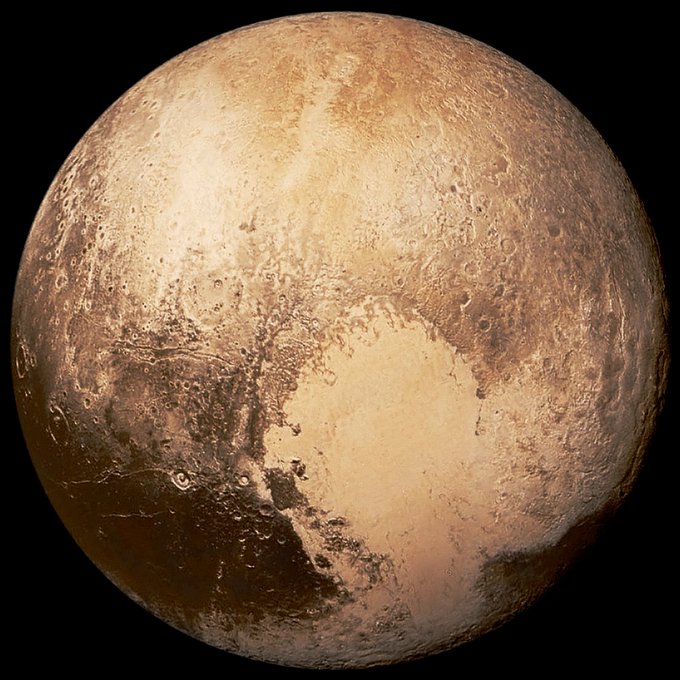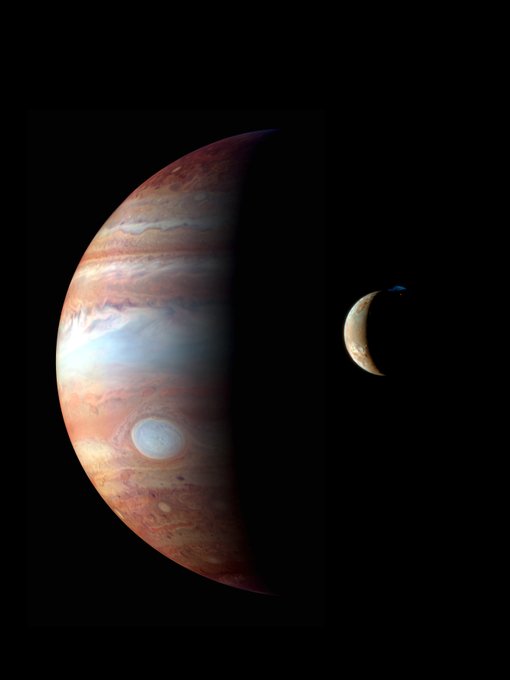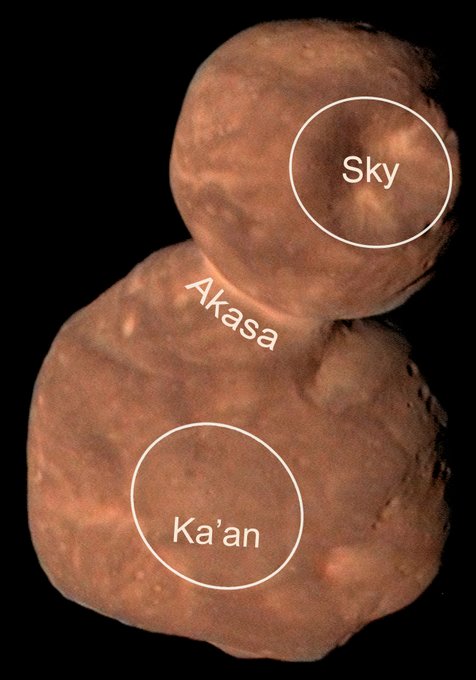
NASA New Horizons
@NASANewHorizons
Followers
376,879
Following
72
Media
519
Statuses
1,130
After exploring Pluto & its moons in July 2015, New Horizons encountered Arrokoth, the KBO in 2019; the farthest flyby in history. Verification:
Solar System
Joined August 2014
Don't wanna be here?
Send us removal request.
Explore trending content on Musk Viewer
Cataluña
• 118473 Tweets
चुनाव आयोग
• 94211 Tweets
Illa
• 74504 Tweets
Teeth
• 72129 Tweets
Lucifer
• 70936 Tweets
NuNew 3rd Showcase
• 70390 Tweets
Puigdemont
• 62873 Tweets
#ネプリーグ
• 50516 Tweets
#Number_i_ビアボール60秒CM
• 41372 Tweets
We Love Daddy Tay🩵
• 40116 Tweets
Kamuda Tasarruf
• 31082 Tweets
Good Monday
• 28252 Tweets
Mehmet Şimşek
• 19421 Tweets
作者の顔
• 18971 Tweets
STOP MISTREATING NEWJEANS
• 17389 Tweets
LINEの新機能
• 13858 Tweets
Square Enix
• 13457 Tweets
Solar POWER
• 12863 Tweets
PATRICK 13MAY OOTD🩵
• 11799 Tweets
サマーウォーズ
• 11340 Tweets
Last Seen Profiles
New Year, New Horizons. As we count down to the New Year, set a resolution to be part of space exploration. Send your name to Jupiter’s moon Europa on NASA’s
@EuropaClipper
spacecraft. But hurry! The deadline to sign up is Dec. 31:
2
23
123
NASA New Horizons Retweeted
Following a senior review and feedback from a diverse set of stakeholders,
@NASA
will continue the
@NASANewHorizons
mission focus on multidisciplinary science. Its extended operations will continue until the spacecraft exits the Kuiper Belt, expected in 2028-2029.
More:…
32
197
892
It's so dark where New Horizons is – billions of miles beyond the inner solar system – that the spacecraft has the opportunity to do something that nothing else can: precisely measure the darkness of space itself.
@NOIRLabAstro
's Tod Lauer explains:
1
43
215
More than 17 years into its mission,
@NASA
's
#NewHorizons
continues to shed light on the outer solar system. Team members shared some discoveries at the recent Lunar and Planetary Science Conference. ✨🛰️
@JHUAPL
@NASASolarSystem
#LPSC2023
@SwRI
11
71
445
#OTD
in 2006,
@NASA
's New Horizons left Earth, ultimately changing our understanding of Pluto, the Kuiper Belt, and beyond. Now, 5.2 billion miles away (and counting), New Horizons and
@NASAVoyager
are the farthest operational human-made objects in space.
20
197
1K
#OTD
in 2019,
@NASA
's
#NewHorizons
flew by Arrokoth, the farthest object ever explored by spacecraft. Arrokoth is about about 50 AU, or 4 billion miles from the Sun. New Horizons is ~56 AU from Earth and will join Voyagers 1 & 2 in interstellar space in the 2040s.
@JHUAPL
@SwRI
31
239
1K
#OTD
- July 14, 2015
After nearly 10yrs & over 3 billion miles, New Horizons made its closest approach to
#Pluto
- about 7,750 miles above the surface, making it the first-ever space mission to explore a world so far from Earth.
@NASASolarSystem
@JHUAPL
30
166
880
NASA New Horizons Retweeted
#OTD
fifteen years ago
@NASANewHorizons
had a successful Jupiter flyby. 🪐🛰️
New Horizons' path allowed it to explore new details of the Jupiter system and results have appeared in many research papers and conference presentations.
@NASASolarSystem
17
121
751
Three prominent features on the Kuiper Belt object
#Arrokoth
– the farthest planetary body ever explored, by
@NASA
's New Horizons spacecraft – now have official names.
@NASASolarSystem
@JHUAPL
@SwRI
14
98
391
